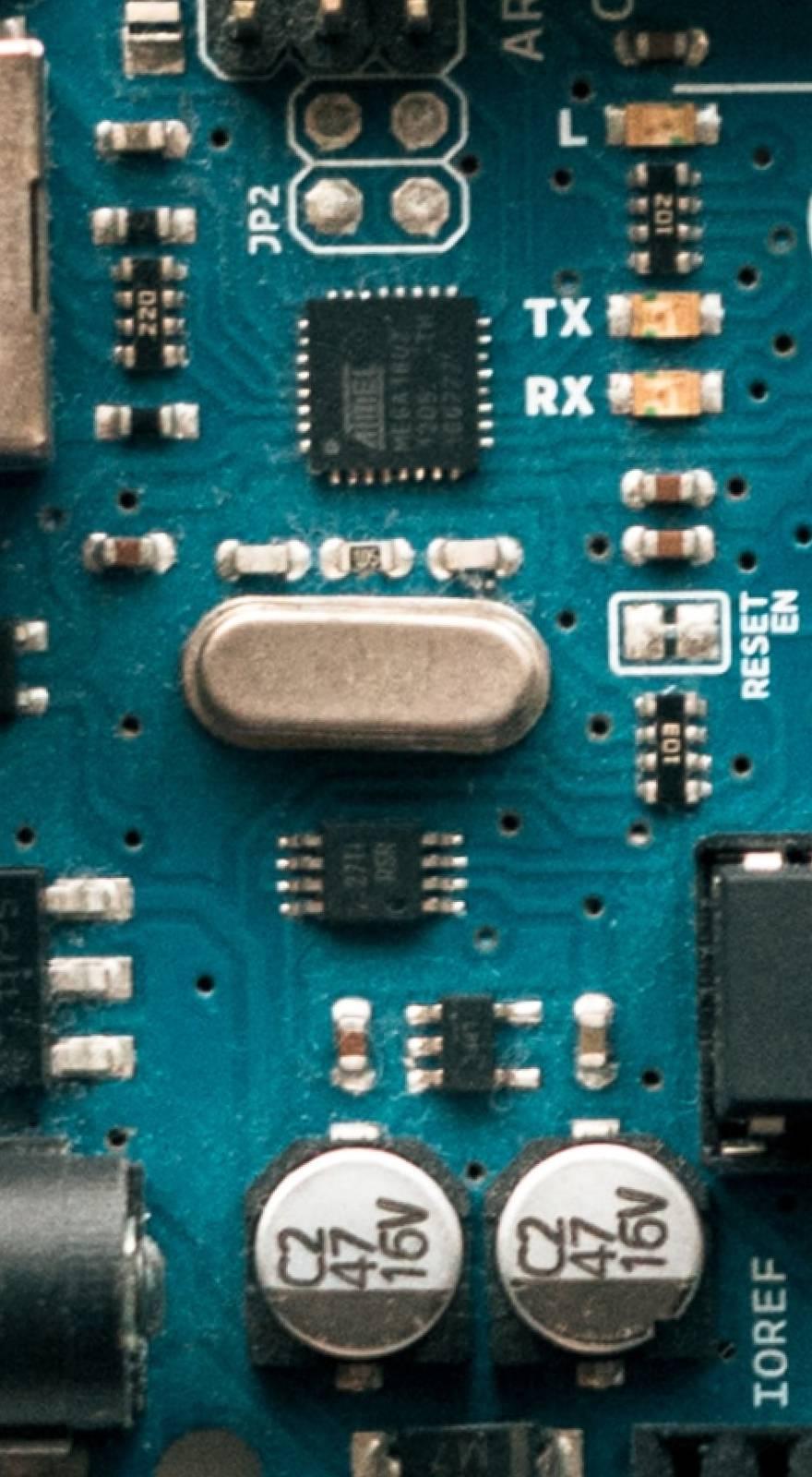Knowde Enhanced TDS
Identification & Functionality
- Chemical Family
- Polymer Name
- Composite Materials Functions
- Technologies
- Product Type
- 70°C (158°F) to 130°C (266°F) Cure
- Structural Epoxy Component Prepreg
Features & Benefits
- Product Highlights
- Flexible low-to-medium cure schedules 70°C (158°F) to 130°C (266°F)
- Suitable for autoclave, vacuum-only processing, and press molding
- Excellent handling and processing characteristics out life; easily laminated onto mold surfaces
- Freestanding post cure capability—Tg steps ahead of cure temperature
- Tg (DMTA—peak tan δ) 143°C (290°F) after 30 minutes at 120°C (248°F)
- 30-day shelf life at ambient temperature
Applications & Uses
- Applications
- Composites End Use
- Composites Processing Methods
- Recommended Applications
- Sport & Recreation
- Motorsport & Formula 1
- Automotive
- Energy
- Medical
- Consumer Electronics
- Industrial
- Marine
- Processing Method
Cut patterns to size and lay-up the laminate in line with design instructions taking care not to distort the prepreg. If necessary, the tack of the prepreg may be increased by gentle warming with hot air. The lay-up should be vacuum debulked at regular intervals using a P3 (pin pricked) release film on the prepreg surface; vacuum of 980 mbar (29 in Hg) is applied for 20 minutes. For autoclave cures, use of a nonperforated release film on the prepreg surface trimmed to within 25–30 mm of the prepreg edge is recommended for the cure cycle and a vacuum bag should be installed using standard techniques. Note: It has been shown to be beneficial to place dry glass tows at approx 0.5 m intervals around the edge of the laminate, to provide air paths under the release film into the breather.
Properties
- Physical Form
- Thermal Properties
- Typical Properties
| Value | Units | Test Method / Conditions | |
| Tg (DMTA) after 30 mins at 120°C (248°F) Onset: | 121 (250) | °C (°F) | — |
| Tg (DMTA) after 30 mins at 120°C (248°F) Peak tan δ: | 143 (290) | °C (°F) | — |
| Value | Units | Test Method / Conditions | |
| Density (23°C (73.4°F)) | 1.2 (75.5) | g/cm³(lbs./ft³) | — |
Technical Details & Test Data
- Exotherm
In certain circumstances, such as the production of thick section laminates, rapid heat-up rates or highly insulating masters, Toray 8020 prepreg can undergo exothermic heating leading to rapid temperature rise and component degradation in extreme cases. The risk of exotherm increases with lay-up thickness and increasing cure temperature. It is strongly recommended that trials, representative of all the relevant circumstances, are carried out by the user to allow a safe cure cycle to be specified.
- Post Cure
- In Applicationss demanding maximum temperature or environmental resistance, it is essential to develop the glass transition temperature to the maximum level by a suitable post cure
- Ramp from initial cure temperature to 120°C (248°F) at 20°C (36°F)/hour and hold for 30 minutes minimum. This post cure will result in a Tg (peak tan δ) of approximately 143°C (289°F).
- Laminates may be post cured unsupported unless the size, shape, and laminate thickness would allow excessive distortion under self-weight.
Safety & Health
- Product Safety And Shelf Life
HANDLING SAFETY:
Observe established precautions for handling epoxy resins and fibrous materials—wear gloves.
Shelf Life:
- Out Life : 30 days at 20°C (68°F)
- Storage Life: 12 months at -18°C (0°F)
Out life is the maximum time allowed at room temperature before cure.
To avoid moisture condensation: Following removal from cold storage, allow the prepreg to reach room temperature before opening the polythene bag. Typically, the thaw time for a full roll of material will be 4 to 6 hours.




